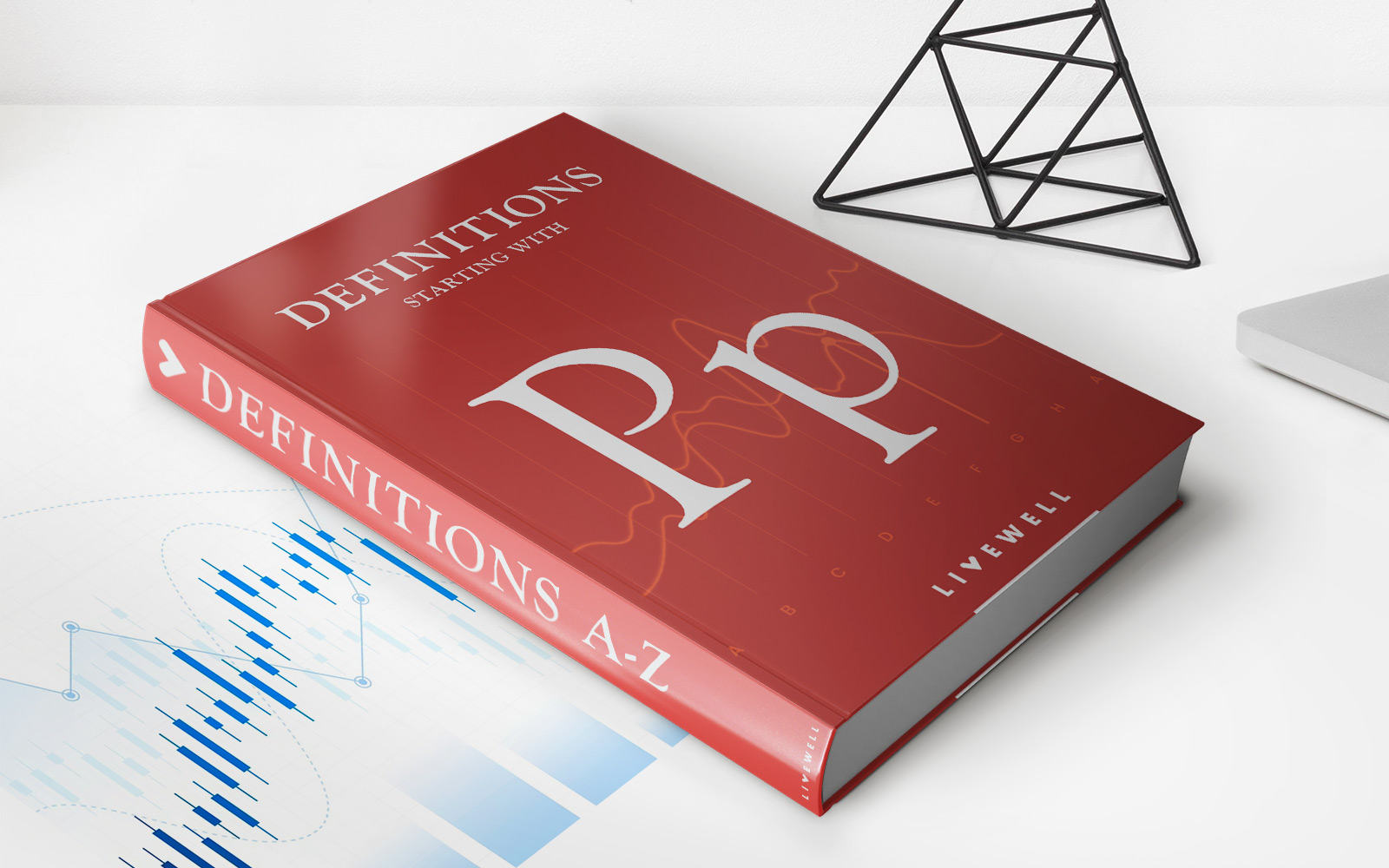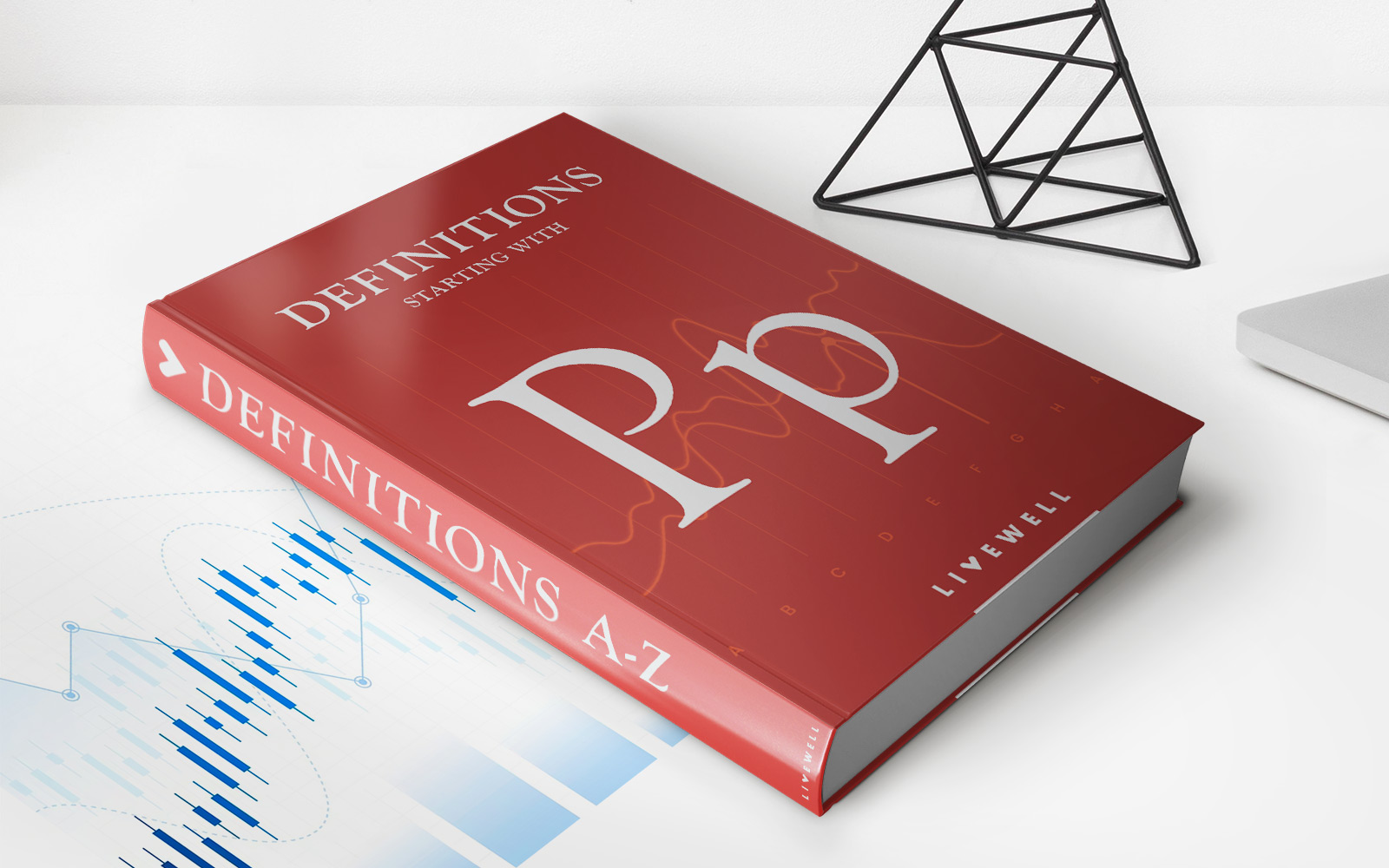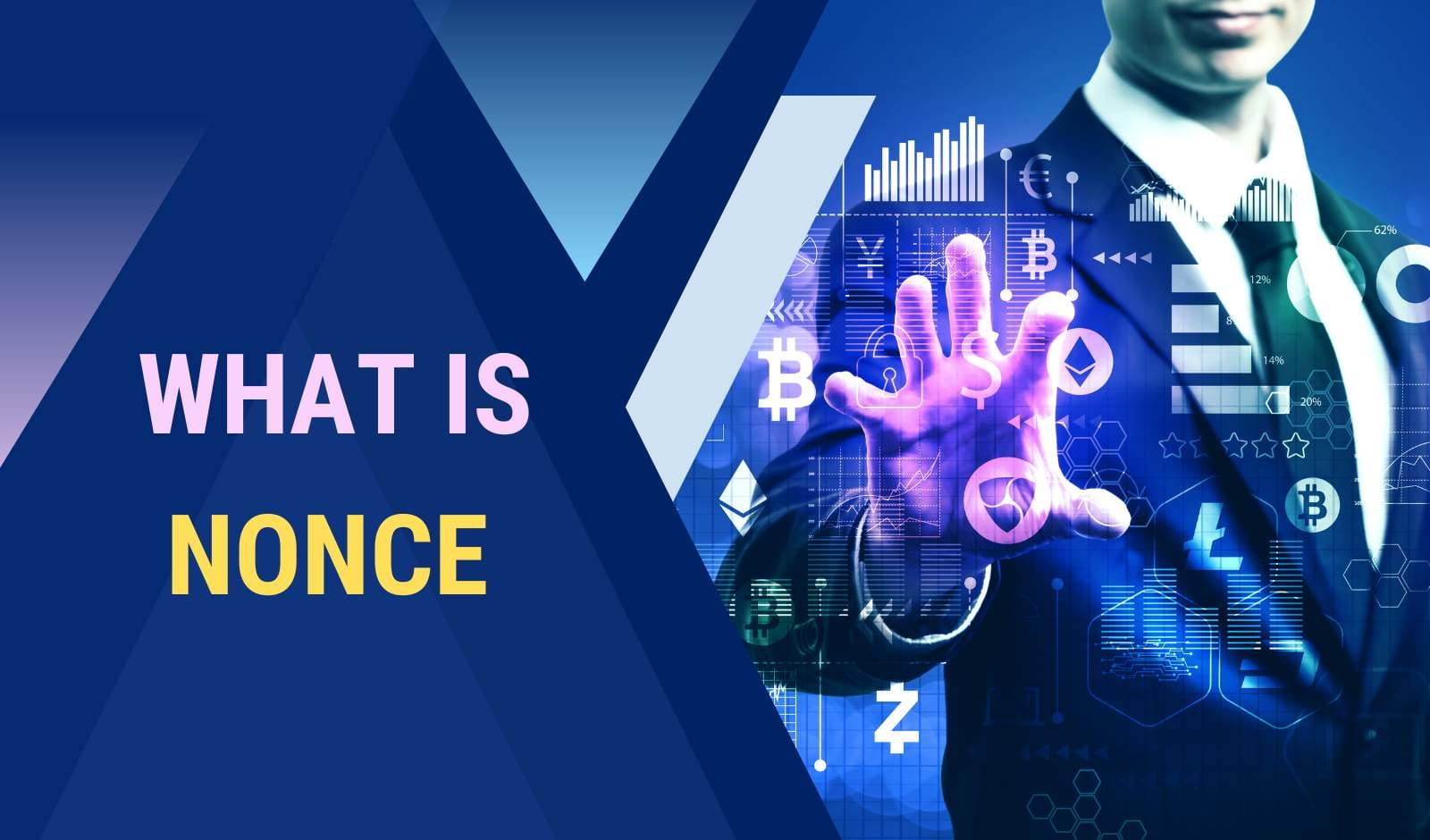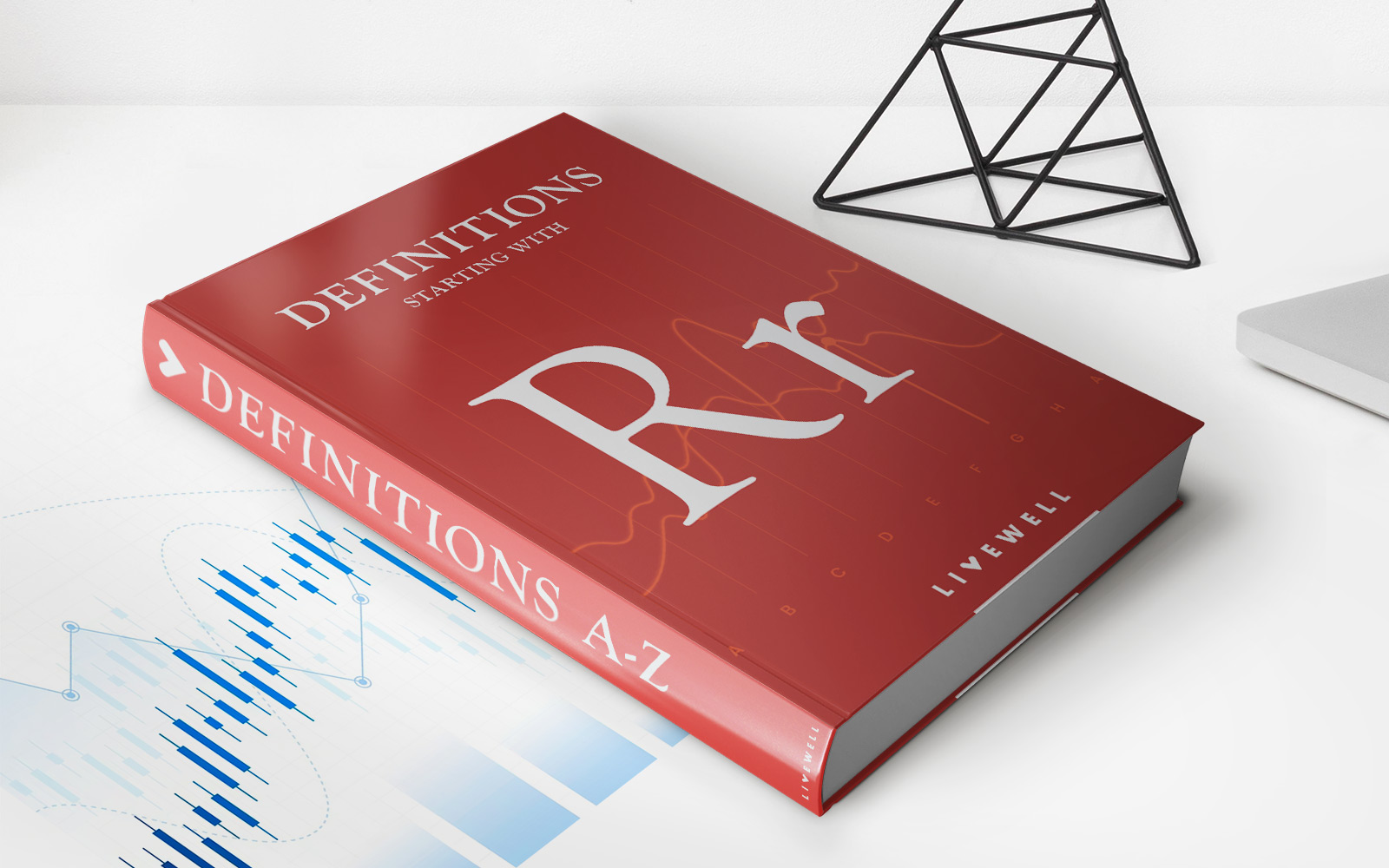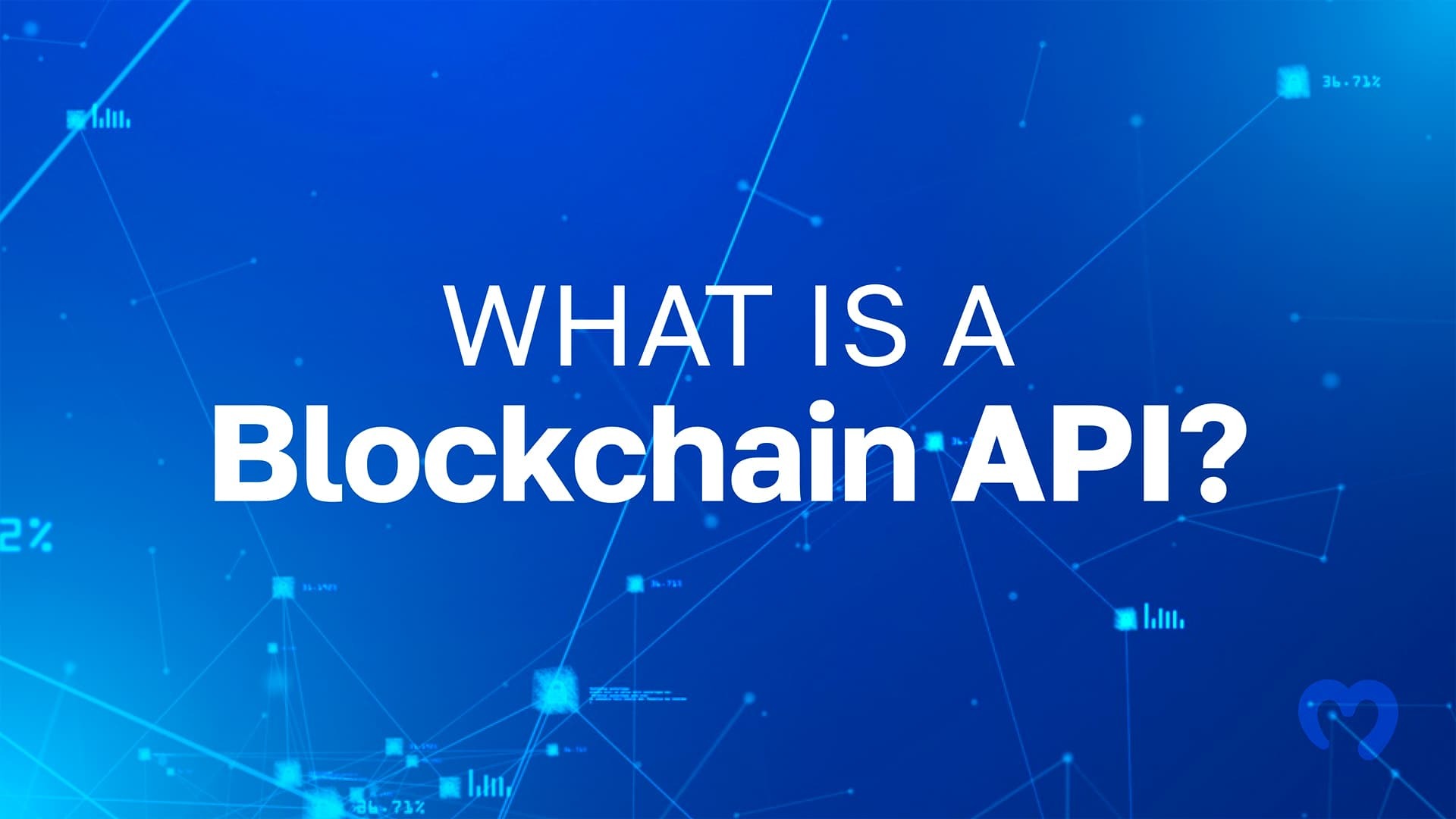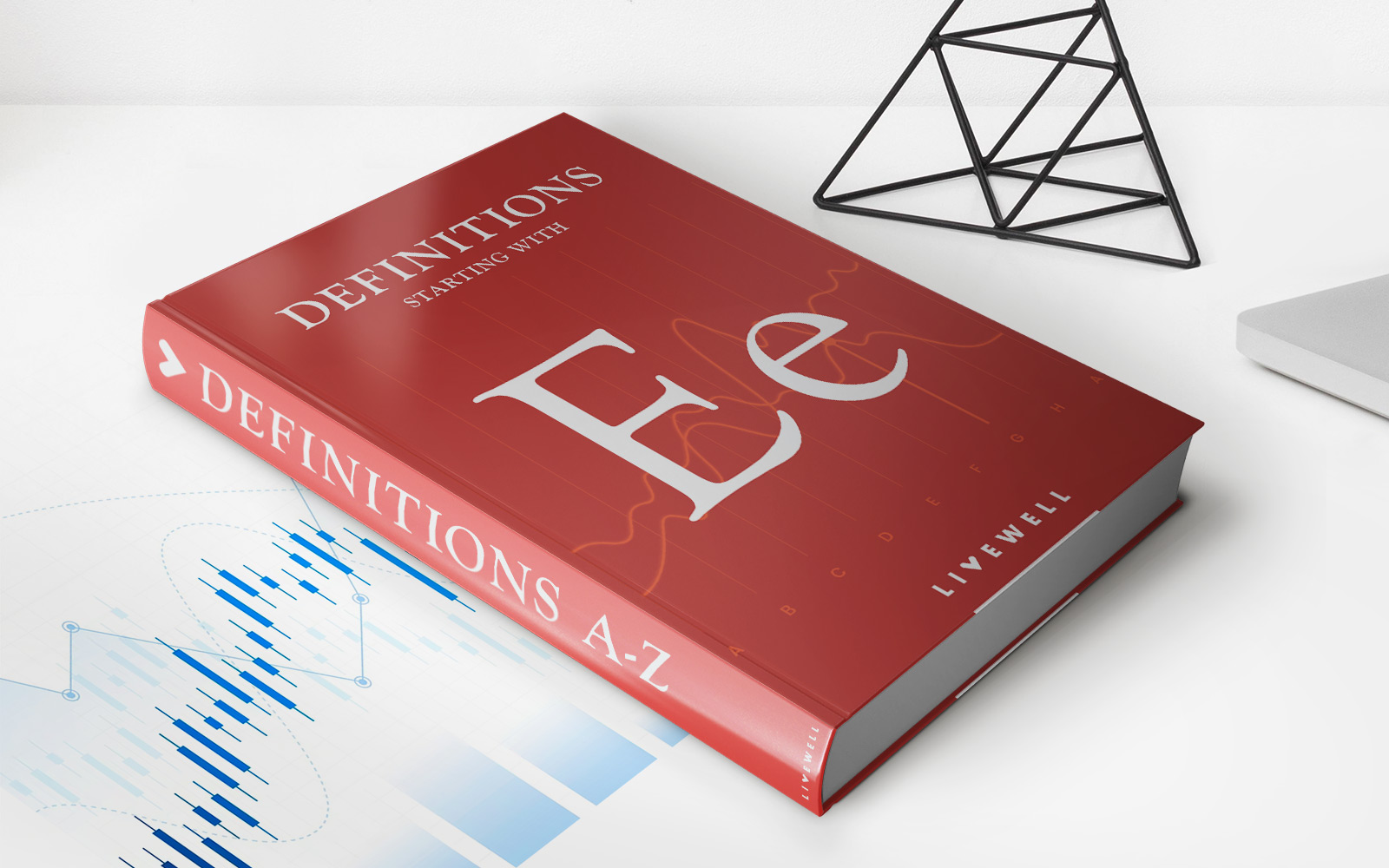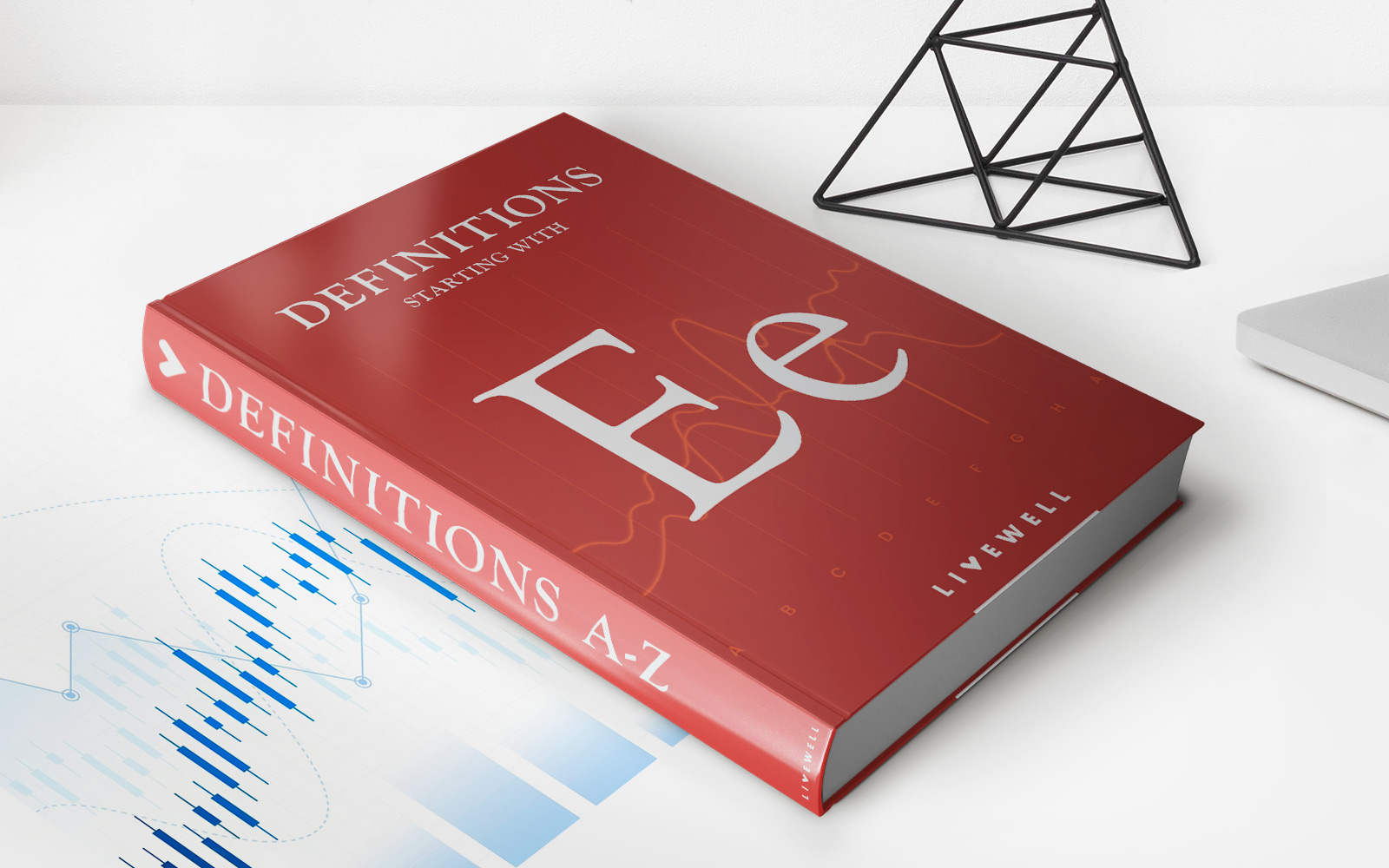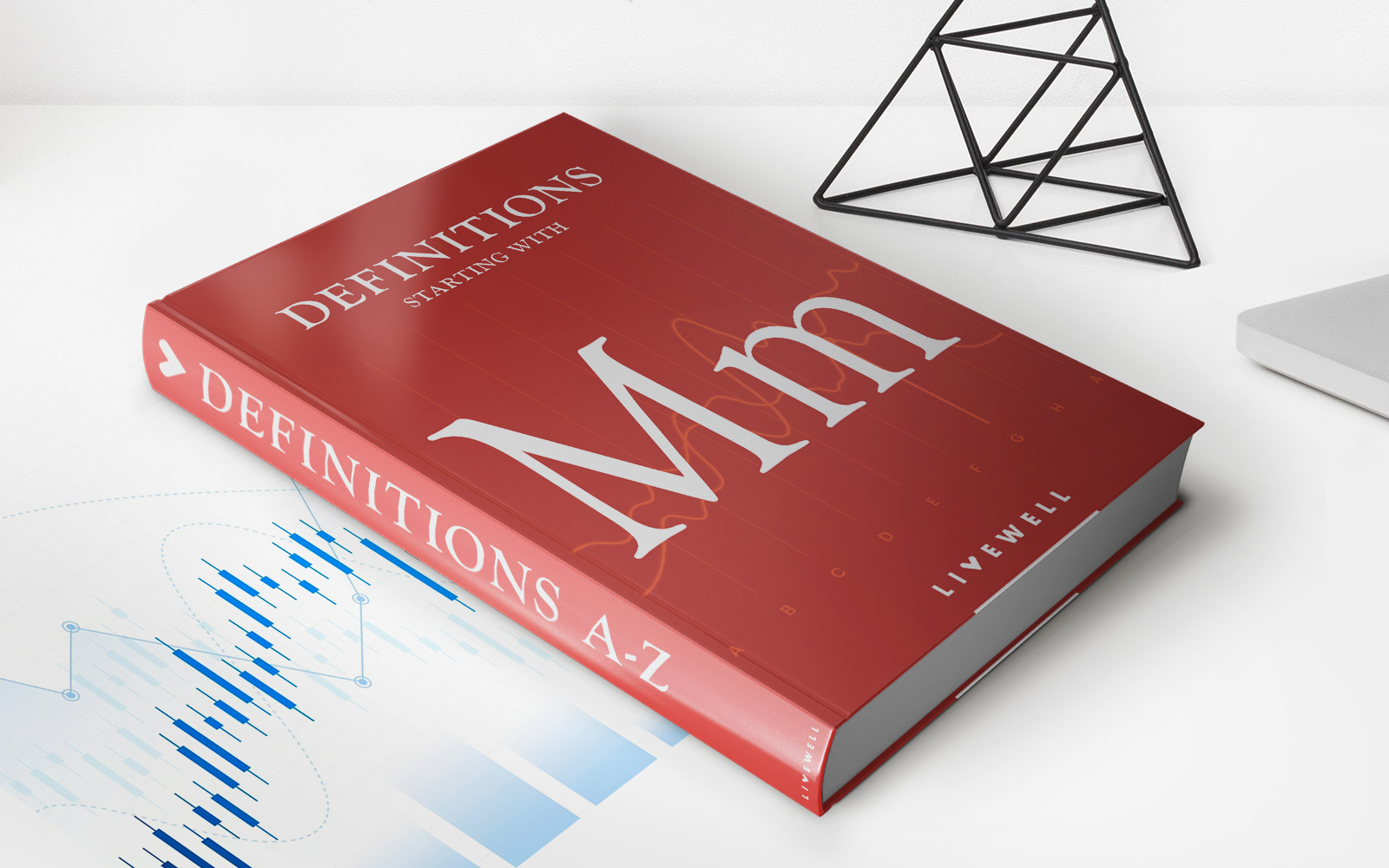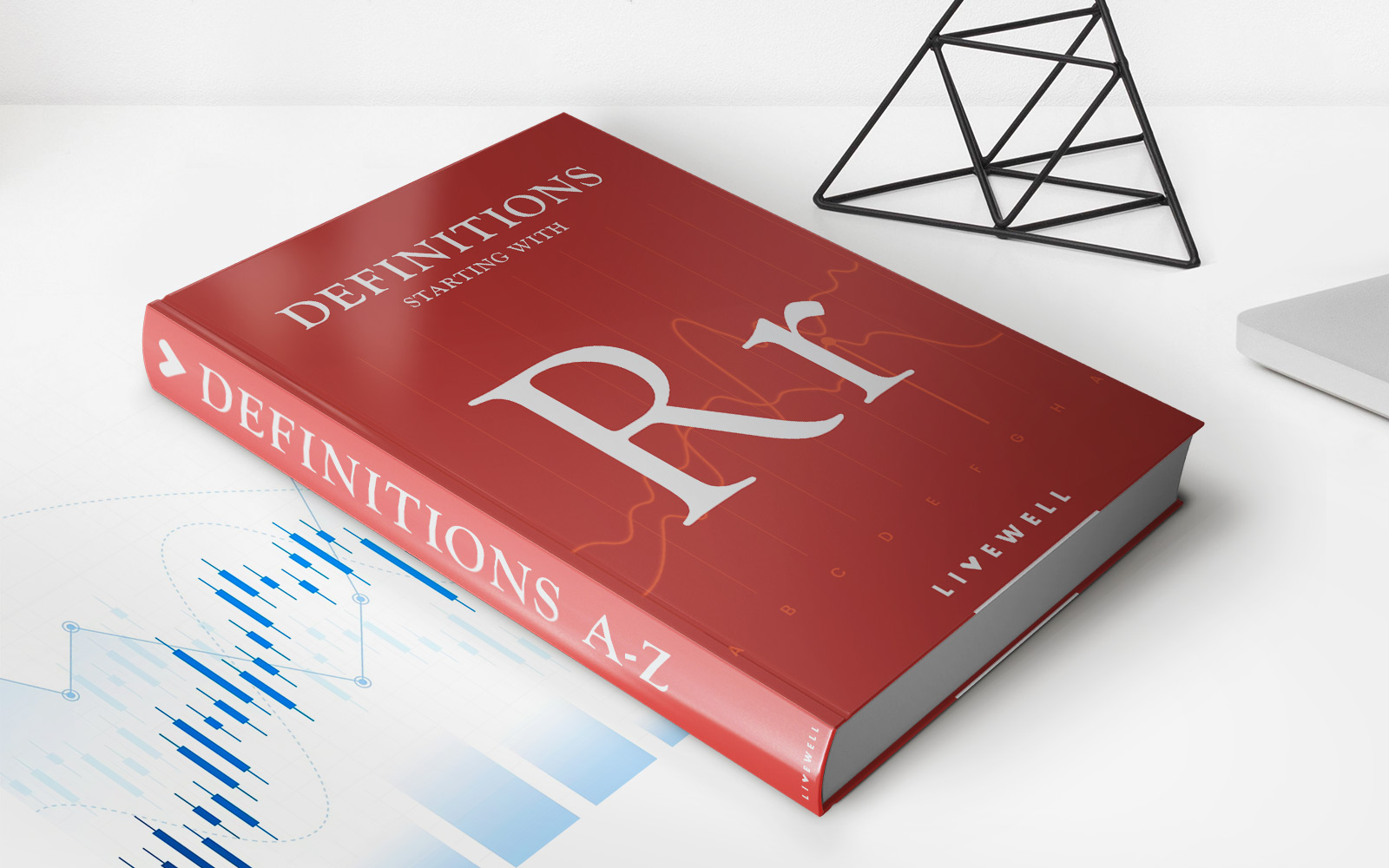Home>Finance>Permissioned Blockchain: Definition, Examples, Vs. Permissionless
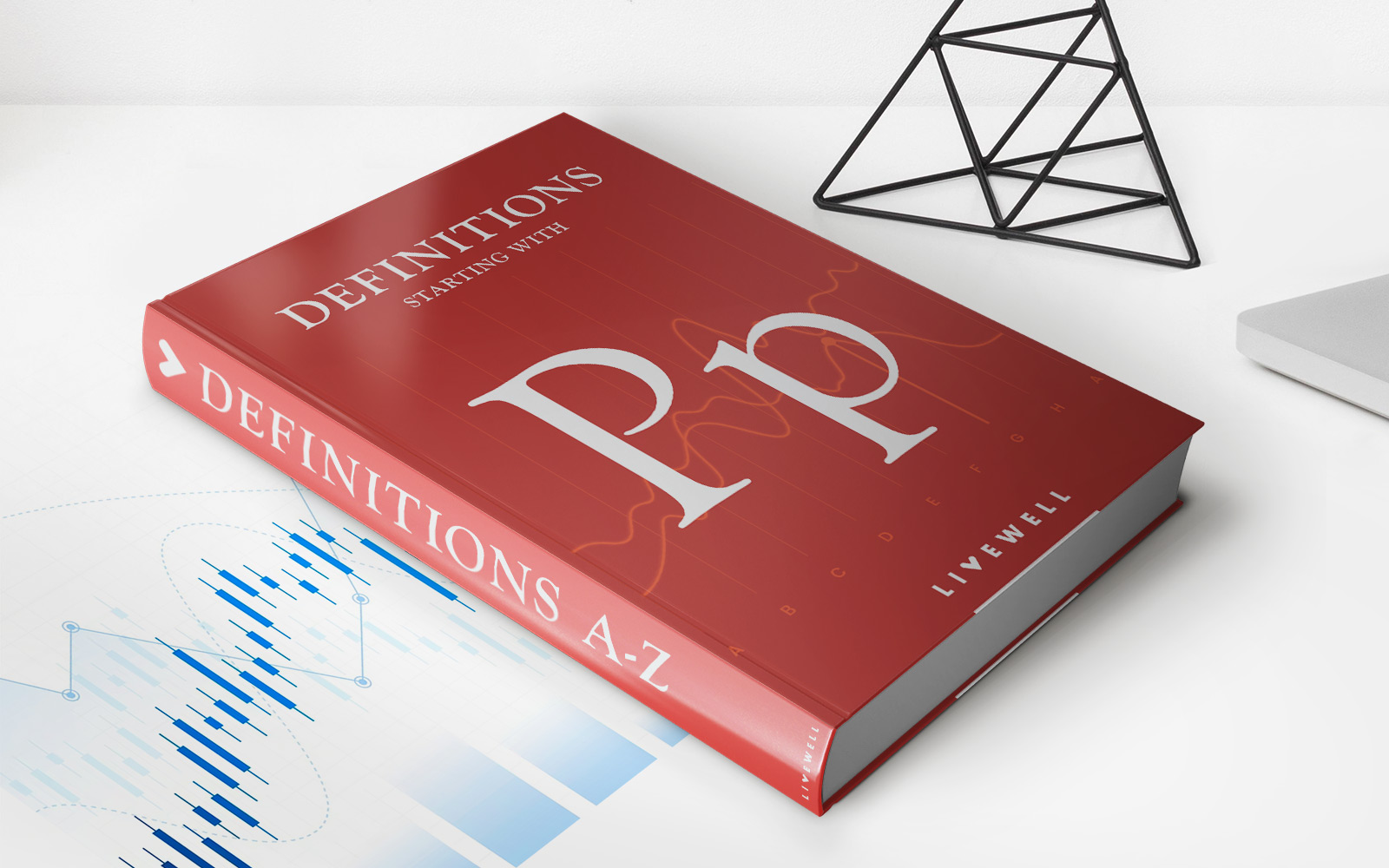

Finance
Permissioned Blockchain: Definition, Examples, Vs. Permissionless
Published: January 7, 2024
Learn the key differences between permissioned and permissionless blockchains in finance. Discover definitions, examples, and benefits of each blockchain type.
(Many of the links in this article redirect to a specific reviewed product. Your purchase of these products through affiliate links helps to generate commission for LiveWell, at no extra cost. Learn more)
Permissioned Blockchain: Definition, Examples, Vs. Permissionless
Welcome to our blog post on permissioned blockchain! In the world of finance, blockchain technology has gained significant attention and is revolutionizing the way transactions are conducted. With its decentralized and secure nature, blockchain provides a transparent and trustless system for digital transactions. However, there are different types of blockchains, including permissioned and permissionless. In this article, we will explore what permissioned blockchain is, provide examples of its applications, and compare it to permissionless blockchain. So, let’s dive in!
Key Takeaways:
- Permissioned blockchains are private networks where access and participation are restricted to approved individuals or organizations.
- Examples of permissioned blockchain applications include supply chain management, healthcare data sharing, and banking transactions.
Firstly, let’s begin with a definition of permissioned blockchain. Unlike public or permissionless blockchains, permissioned blockchains operate as private networks where access and participation are restricted to approved individuals or organizations. This level of control allows for greater security, scalability, and efficiency in conducting transactions. Permissioned blockchains may require participants to be identified and authorized, ensuring that only trusted entities can join the network.
Permissioned blockchains find applications in a wide range of industries. Here are a few examples:
- Supply Chain Management: Companies can utilize permissioned blockchains to track and verify the movement of goods throughout the supply chain. This ensures transparency, reduces fraud, and enhances trust between stakeholders.
- Healthcare Data Sharing: Medical institutions can securely share patient records and medical data using permissioned blockchains. This allows for seamless interoperability while maintaining privacy and control over sensitive information.
- Banking Transactions: Financial institutions can leverage permissioned blockchains to streamline and secure transactions such as cross-border payments, trade finance, and identity verification.
Now, let’s differentiate permissioned blockchain from permissionless blockchain. While both types share the fundamental concept of a decentralized ledger, there are distinct differences:
- Access Control: Permissioned blockchains require participants to be approved and have predefined access permissions, while permissionless blockchains allow anyone to join and participate.
- Network Consensus: Permissioned blockchains often rely on a predetermined set of validators to validate transactions, whereas permissionless blockchains utilize a consensus mechanism, such as Proof of Work or Proof of Stake, to achieve consensus among network participants.
- Transaction Speed: Due to their smaller network size, permissioned blockchains typically boast faster transaction speeds compared to permissionless blockchains, where transaction verification time can be longer due to a larger number of participants.
- Security: Permissioned blockchains prioritize security by controlling who can participate and validate transactions, while permissionless blockchains rely on the network’s computational power to secure the network and prevent fraudulent activities.
In conclusion, permissioned blockchains offer a controlled and secure environment for conducting transactions within specific organizations or industries. With applications ranging from supply chain management to healthcare data sharing, permissioned blockchains provide tailored solutions to address industry-specific needs. However, it’s important to note that both permissioned and permissionless blockchains have their own strengths and are suited for different use cases. As the world of blockchain continues to evolve, understanding the nuances of each type will be crucial for organizations looking to leverage this game-changing technology.
